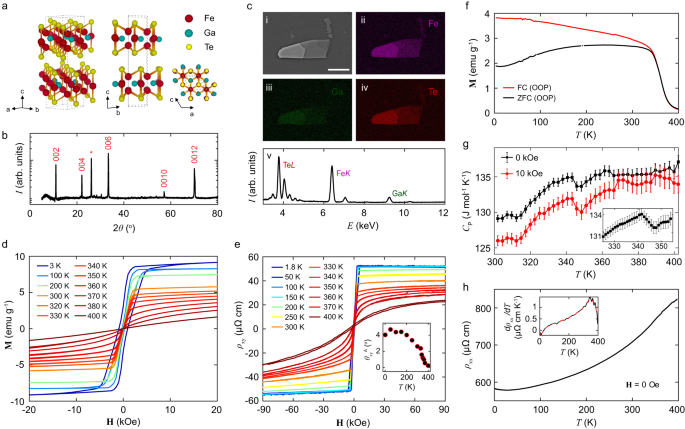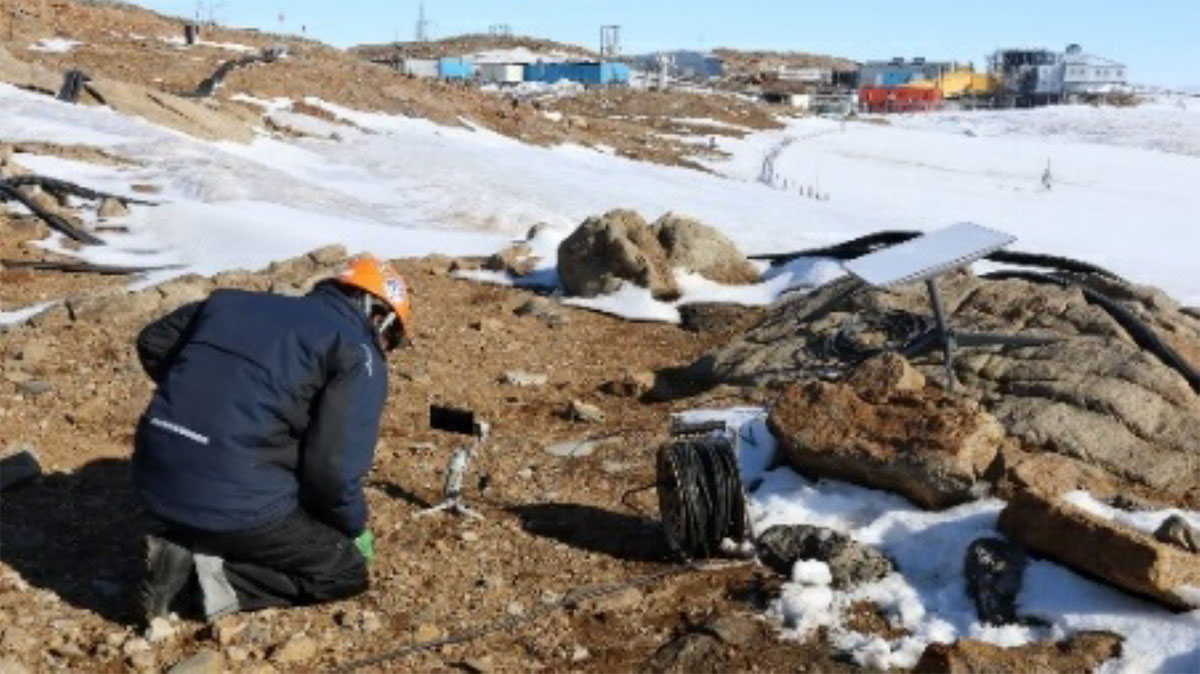2026-02-26 マサチューセッツ大学アマースト校
<関連情報>
- https://www.umass.edu/news/article/umass-amherst-scientists-propose-new-method-tracking-elusive-origins-co2-emissions
- https://agupubs.onlinelibrary.wiley.com/doi/10.1029/2023GB007860
河川におけるCO2、δ13CDIC、Δ14CDICの大気平衡に対する炭酸塩緩衝の影響 Impacts of Carbonate Buffering on Atmospheric Equilibration of CO2, δ13CDIC, and Δ14CDIC in Rivers and Streams
Matthew J. Winnick, Brian Saccardi
Global Biogeochemical Cycles Published: 12 February 2024
DOI:https://doi.org/10.1029/2023GB007860

Abstract
Rivers and streams play an important role within the global carbon cycle, in part through emissions of carbon dioxide (CO2) to the atmosphere. However, the sources of this CO2 and their spatiotemporal variability are difficult to constrain. Recent work has highlighted the role of carbonate buffering reactions that may serve as a source of CO2 in high alkalinity systems. In this study, we seek to develop a quantitative framework for the role of carbonate buffering in the fluxes and spatiotemporal patterns of CO2 and the stable and radio- isotope composition of dissolved inorganic carbon (DIC). We incorporate DIC speciation calculations of carbon isotopologues into a stream network CO2 model and perform a series of simulations, ranging from the degassing of a groundwater seep to a hydrologically-coupled 5th-order stream network. We find that carbonate buffering reactions contribute >60% of emissions in high-alkalinity, moderate groundwater-CO2 environments. However, atmosphere equilibration timescales of CO2 are minimally affected, which contradicts hypotheses that carbonate buffering maintains high CO2 across Strahler orders in high alkalinity systems. In contrast, alkalinity dramatically increases isotope equilibration timescales, which acts to decouple CO2 and DIC variations from the isotopic composition even under low alkalinity. This significantly complicates a common method for carbon source identification. Based on similar impacts on atmospheric equilibration for stable and radio- carbon isotopologues, we develop a quantitative method for partitioning groundwater and stream corridor carbon sources in carbonate-dominated watersheds. Together, these results provide a framework to guide fieldwork and interpretations of stream network CO2 patterns across variable alkalinities.
Key Points
- We develop models of stream CO2 degassing that include carbonate buffering and apply them across a range of alkalinities and stream processes
- Carbonate buffering can support significant contributions to stream CO2 fluxes but cannot support elevated downstream CO2 concentrations
- Stable and radio- carbon isotopes are decoupled from CO2 by carbonate buffering but can be leveraged to partition carbon sources
Plain Language Summary
Streams emit a lot of carbon dioxide (CO2) to the atmosphere, but it is difficult to figure out where the CO2 originates. One source is a chemical reaction called carbonate buffering, which happens between different forms of dissolved inorganic carbon. This reaction may be important in streams with high alkalinity, but we lack knowledge about how it contributes across different alkalinities and scales. Some studies use isotopes of carbon to trace where CO2 comes from and how it is released, but we lack knowledge about how carbonate buffering affects isotope patterns. Here, we create mathematical models of CO2 production and release, including isotopes in streams. Our findings show that carbonate buffering can be a significant source of CO2 in streams with high alkalinity. However, it doesn’t keep CO2 levels consistently high downstream, as studies previously suggested. Conversely, carbonate buffering has a big effect on the patterns of carbon isotopes. This means that common isotope methods for identifying stream CO2 sources don’t work well. Instead, we propose how to use stable and radioactive carbon isotopes together to determine the sources of carbon. Our study aims to guide future work and help understand how carbonate buffering impacts CO2 patterns across stream environments.



